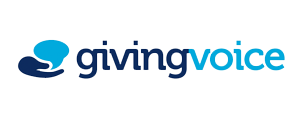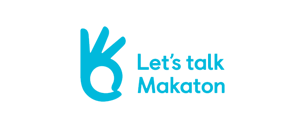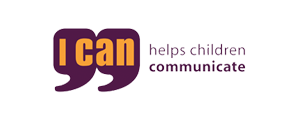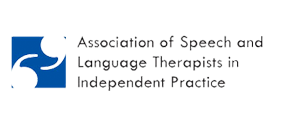There are many different types of AAC available and the therapy process is continuous as your child develops the ability and different skills required to use the AAC system. Firstly your child will be assessed thoroughly to see what type of AAC is most appropriate for them, then the AAC system will be implemented. This process will take the longest amount of time and your child will not become competent in the system straight away. AAC will take a lot of learning, experimenting and practicing. Implementation of an AAC device will involve lots of modelling and effort from the child and those communicating around them.
The AAC device will be continuously reviewed by the therapist to see if the method is benefitting the child and to see if the device and the language functions can be expanded to cover more communication needs. AAC will also involve training, this may include training of the child using the device, training for parents and family members as well as training for educational staff. This is so that all communicative partners are competent at using the device and will provide strategies on how to communicate with the child effectively.
The different types of AAC that may be offered depending on your child's needs and abilities, include:
No-tech
This is an AAC device that uses no technology, this includes signing, gestures and body language, written messages, picture exchange systems and picture or alphabet boards. These are most appropriate for younger children that need assistance to develop spoken language or children that have some verbal communication but need help to get their message across clearly and effectively.
Lo-tech
This is an AAC device that uses minimal technology, they may be battery operated or have a single source of power. They usually help develop early communicative functions and are easy to programme e.g. have a single button.
High-tech
These are the more technologically advanced AAC devices that require more time to programme and implement. However, once this is done and the child is competent in using these systems it can provide many communicative functions for the child. These devices are the most appropriate for children with minimal to no spoken language and are unable to communicate physically using sign language.








